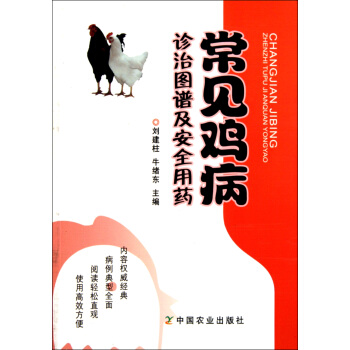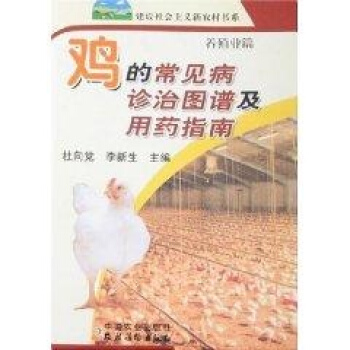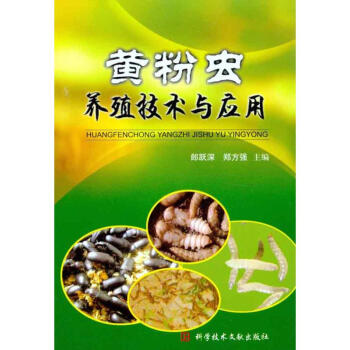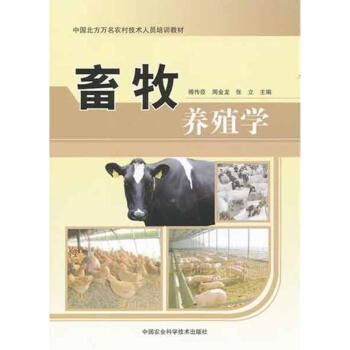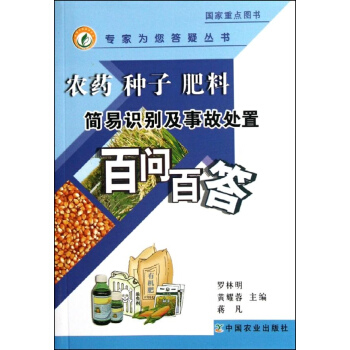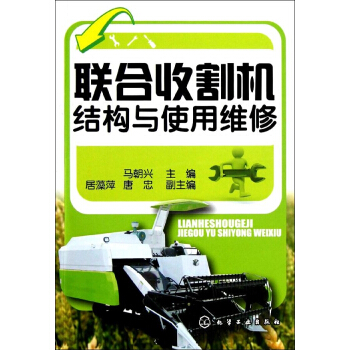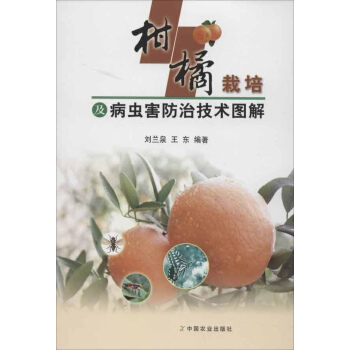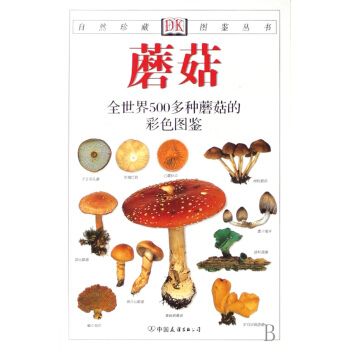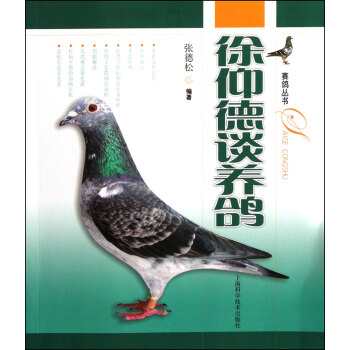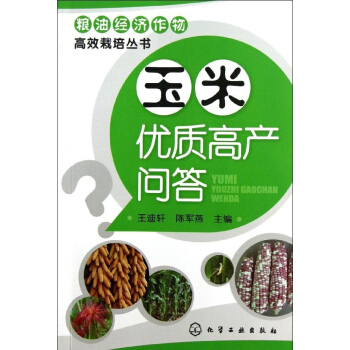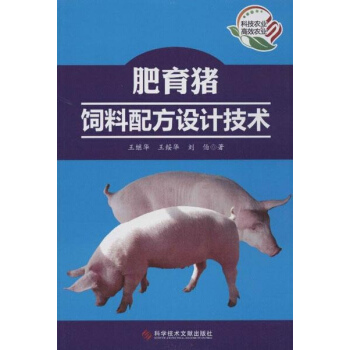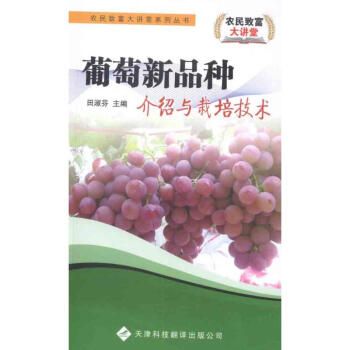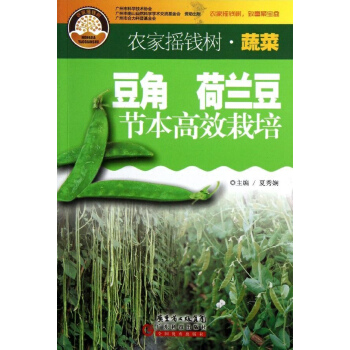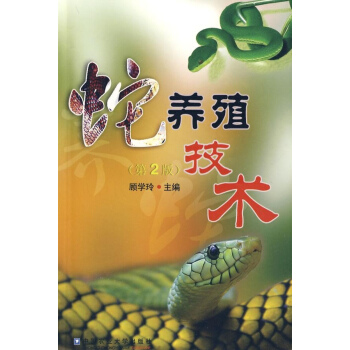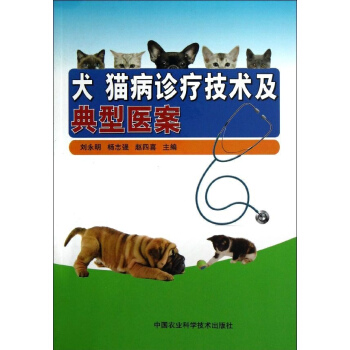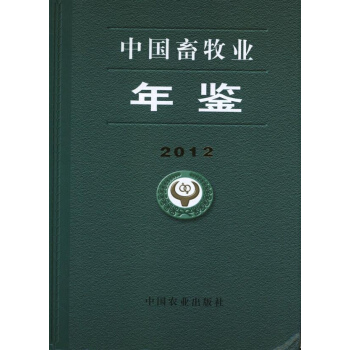具體描述
基本信息
- 商品名稱:常見雞病診治圖譜及安全用藥
- 作者:劉建柱//牛緒東
- 定價:42
- 齣版社:中國農業
- ISBN號:9787109153127
其他參考信息(以實物為準)
- 齣版時間:2011-04-01
- 印刷時間:2011-04-01
- 版次:1
- 印次:1
- 開本:32開
- 包裝:平裝
- 頁數:109
- 字數:102韆字
編輯推薦語
由劉建柱和牛緒東主編的《常見雞病診治圖譜及安全用藥》介紹瞭48種常見雞病的臨床癥狀、病理剖檢變化及用藥方法,同時配有224張彩色圖片,以便讀者*直觀地掌握疾病的臨床癥狀和發病特點,同時使用有效的藥物對疾病進行快速的治療,以減少因動物疾病死亡或生産力下降所造成的經濟損失。
目錄
前言
**章 病毒性傳染病
一、新城疫
二、禽流感
三、傳染性支氣管炎
四、減蛋綜閤徵
五、禽白血病
六、禽傳染陸腦脊髓炎
七、傳染性喉氣管炎
八、傳染性法氏囊病
九、雞痘
十、雞馬立剋氏病
十一、雞傳染性貧血病
十二、雞病毒性關節炎
第二章 細菌性傳染病
一、大腸杆菌病
二、雞傷寒
三、副傷寒
四、禽霍亂
五、雞白痢
六、雞壞死性腸炎
七、葡萄球菌病
八、慢性呼吸道病
九、傳染性鼻炎
十、禽麯黴菌病
十一、念珠菌病
十二、禽結核
第三章 雞寄生蟲病
一、雞球蟲病
二、住白細胞原蟲病
三、雞蛔蟲病
四、盲腸肝炎
五、縧蟲病
六、雞刺皮蟎
七、雞虱
第四章 雞代謝病
一、肉雞腹水綜閤徵
二、脂肪肝綜閤徵
三、痛風
四、肉雞猝死綜閤徵
五、雛雞維生素B1缺乏癥
六、雛雞維生素B2缺乏癥
七、雛雞維生素A缺乏癥
八、雛雞腦軟化癥
第五章 雞中毒病
一、喹乙醇中毒
二、高錳酸鉀中毒
三、痢菌淨中毒
四、碳酸氫鈉中毒
五、黃麯黴毒素中毒
六、磺胺類藥物中毒
七、呋喃類藥物中毒
八、食鹽中毒
九、馬杜黴素中毒
附錄
附錄一 雞場常用驅蟲藥速查
附錄二 雞場常用疫苗製品速查
附錄三 雞場常用抗生素速查
參考文獻
《 poultry health handbook and therapeutic guide 》 In the vast landscape of livestock management, poultry farming holds a significant position, contributing to global food security and economic development. The health and well-being of these birds are paramount, directly influencing productivity, profitability, and the safety of the food chain. Recognizing this critical aspect, this comprehensive handbook delves into the intricacies of poultry health, offering a detailed exploration of common diseases, their diagnosis, and the prudent application of therapeutic interventions. Part I: Understanding Poultry Physiology and Anatomy Before delving into the realm of disease, a thorough understanding of normal poultry physiology and anatomy is indispensable. This section lays the groundwork by providing an in-depth look at the avian body, covering: Skeletal System: An overview of the bone structure, its role in support and locomotion, and common skeletal abnormalities. Muscular System: The different types of muscles, their function in movement and thermoregulation, and considerations for muscle development. Digestive System: A detailed examination of the gastrointestinal tract, from the beak and esophagus to the gizzard, intestines, and cloaca. This includes the role of each organ in nutrient absorption, digestion, and waste elimination, as well as common digestive disorders. Respiratory System: The intricate structure of the avian respiratory system, including the trachea, lungs, and air sacs. Emphasis is placed on the efficient oxygen uptake and carbon dioxide release, and the susceptibility of this system to infections. Circulatory System: The heart, blood vessels, and blood composition, and their role in nutrient and oxygen transport, as well as waste removal. Nervous System: The brain, spinal cord, and peripheral nerves, and their control over bodily functions, behavior, and sensory perception. Reproductive System: The male and female reproductive organs, the process of egg formation and fertilization, and common reproductive issues. Immune System: The complex network of organs and cells responsible for defending the bird against pathogens. This includes a discussion of innate and adaptive immunity, and factors that influence immune function. Integumentary System: The skin, feathers, and beak, and their roles in protection, thermoregulation, and display. Part II: Common Poultry Diseases: Identification and Diagnosis This extensive section forms the core of the handbook, offering a systematic approach to identifying and diagnosing prevalent diseases affecting poultry. Each disease is meticulously described, providing readers with the knowledge to recognize clinical signs and initiate appropriate diagnostic steps. Bacterial Diseases: Salmonellosis: Etiology, transmission, clinical manifestations (e.g., diarrhea, reduced egg production, mortality), and diagnostic methods (e.g., culture, serology). Colibacillosis: Caused by Escherichia coli, this disease affects various organ systems. Symptoms include respiratory distress, pericarditis, omphalitis, and enteritis. Diagnostic approaches are outlined. Mycoplasmosis (Chronic Respiratory Disease - CRD): A highly contagious respiratory disease. The handbook details the characteristic signs of labored breathing, coughing, nasal discharge, and conjunctivitis, along with diagnostic techniques such as serological tests and bacterial isolation. Pasteurellosis (Fowl Cholera): A severe, rapidly fatal disease. This chapter covers sudden death, fever, respiratory signs, and diarrhea, alongside diagnostic considerations. Staphylococcosis: Common in poultry, affecting joints, feet, and internal organs. Symptoms include lameness, swelling, and abscesses. Clostridial Diseases (e.g., Necrotic Enteritis, Botulism): The handbook details the causes, signs of intestinal lesions, diarrhea, and neurological signs associated with botulism. Viral Diseases: Infectious Bronchitis (IBV): A highly contagious respiratory disease that also impacts egg quality. Clinical signs, including sneezing, rales, nasal discharge, and decreased egg production with shell abnormalities, are elaborated. Diagnostic methods like RT-PCR and ELISA are discussed. Newcastle Disease (ND): A severe, often fatal viral infection. The book provides detailed descriptions of respiratory distress, neurological signs (tremors, paralysis), digestive upset, and sudden death. Differential diagnosis and laboratory confirmation methods are included. Avian Influenza (AI): A highly contagious viral disease with significant economic and zoonotic implications. This section covers the spectrum of clinical signs, from mild respiratory symptoms to highly pathogenic forms causing rapid mortality and extensive hemorrhages. Biosecurity and reporting protocols are emphasized. Infectious Laryngotracheitis (ILT): A herpesvirus infection affecting the upper respiratory tract. Signs include gasping, coughing, bloody nasal discharge, and swollen eyelids. Avian Encephalomyelitis (AE): Affects young birds, causing neurological signs such as tremors, incoordination, and paralysis. Marek's Disease: A neoplastic disease caused by a herpesvirus, leading to tumors in various organs and nerve paralysis. Fungal Diseases: Aspergillosis (Brooder Pneumonia): Primarily affects the respiratory system, especially in young birds. Symptoms include gasping, lethargy, and characteristic lesions in the lungs and air sacs. Parasitic Diseases: Internal Parasites: Coccidiosis: A common intestinal disease caused by protozoa. The handbook details the different species, clinical signs (bloody diarrhea, ruffled feathers, reduced feed intake), and microscopic identification methods. Roundworms (Ascaridiasis): Infestations in the small intestine leading to poor growth, diarrhea, and reduced egg production. Cecal Worms (Heterakiasis): Affect the ceca, causing inflammation and potential anemia. Tapeworms (Cestodiasis): Intestinal parasites requiring intermediate hosts. External Parasites: Mites (e.g., Red Mites, Northern Fowl Mites): Cause irritation, anemia, and reduced egg production through blood feeding. Lice: External parasites that feed on feathers and skin, causing discomfort and feather damage. Fleas: Can infest poultry houses and parasitize birds. Nutritional Deficiencies and Imbalances: Protein Deficiency: Affects growth, feathering, and egg production. Vitamin Deficiencies (e.g., A, D, E, B-complex): Various clinical signs, including impaired vision, skeletal deformities, reproductive issues, and neurological problems. Mineral Deficiencies (e.g., Calcium, Phosphorus, Manganese): Affect bone health, eggshell quality, and metabolic functions. Metabolic and Environmental Disorders: Heat Stress: Physiological and behavioral responses to high temperatures, leading to reduced feed intake, decreased egg production, and increased mortality. Cold Stress: Increased energy expenditure to maintain body temperature, leading to reduced growth and increased susceptibility to disease. Toxicity (e.g., Mycotoxins, Pesticides): The handbook discusses sources of toxins, clinical signs, and diagnostic approaches. Part III: Therapeutic Strategies and Safe Medication Practices This crucial section focuses on the responsible and effective treatment of poultry diseases, with a strong emphasis on safe and judicious use of medications. Principles of Poultry Medication: Accurate Diagnosis: Reinforces the importance of correct diagnosis before initiating treatment. Route of Administration: Discusses oral administration (in feed or water), injection, and topical application, considering the specific disease and medication. Dosage and Duration: Emphasizes the need for precise dosing and adherence to recommended treatment durations. Withdrawal Periods: Explains the concept of withdrawal periods for meat and eggs to ensure food safety and comply with regulatory requirements. Record Keeping: Highlights the importance of maintaining detailed records of all treatments administered. Categories of Therapeutic Agents: Antibiotics: Detailed information on the classes of antibiotics used in poultry, their mechanisms of action, spectrum of activity, and judicious use to prevent antimicrobial resistance. Antivirals: While less common for systemic treatment, the handbook may touch upon supportive care strategies for viral infections. Antifungals: For fungal infections like aspergillosis. Antiparasitics: Including anticoccidials, anthelmintics, and ectoparasiticides. Nutritional Supplements and Support: Vitamins, minerals, electrolytes, and probiotics to support recovery and overall health. Biosecurity Measures: Prevention remains the cornerstone of poultry health. This section will detail essential biosecurity protocols, including farm biosecurity, hygiene practices, pest control, and flock management to minimize disease introduction and spread. Case Studies and Practical Application: Illustrative case studies will be presented to demonstrate the diagnostic and therapeutic process for common disease scenarios. These examples will help readers apply the knowledge gained throughout the handbook to real-world situations. Conclusion: This handbook aims to be an indispensable resource for poultry farmers, veterinarians, and anyone involved in the care and management of poultry. By providing a comprehensive understanding of poultry health, disease identification, and safe medication practices, it empowers individuals to make informed decisions, enhance flock health, improve productivity, and contribute to a safer and more sustainable poultry industry. The emphasis on accurate diagnosis and responsible treatment underscores the commitment to animal welfare and consumer safety.
